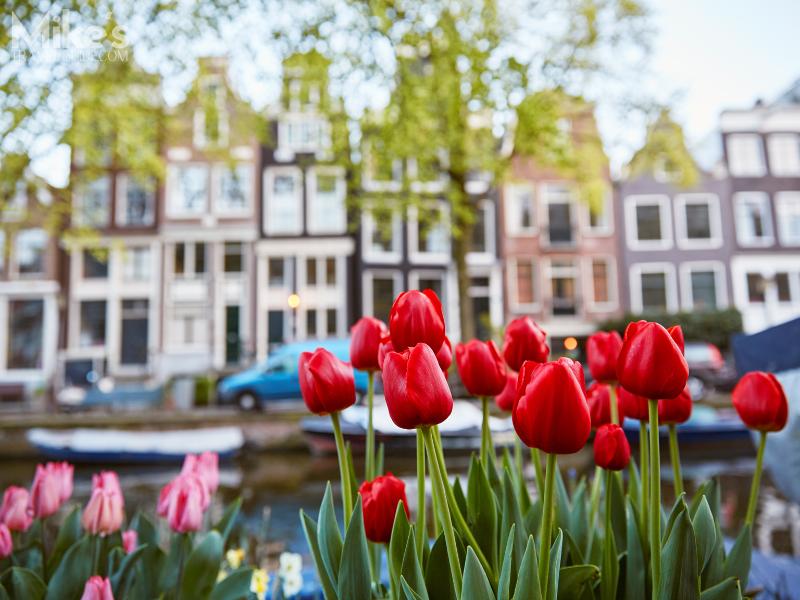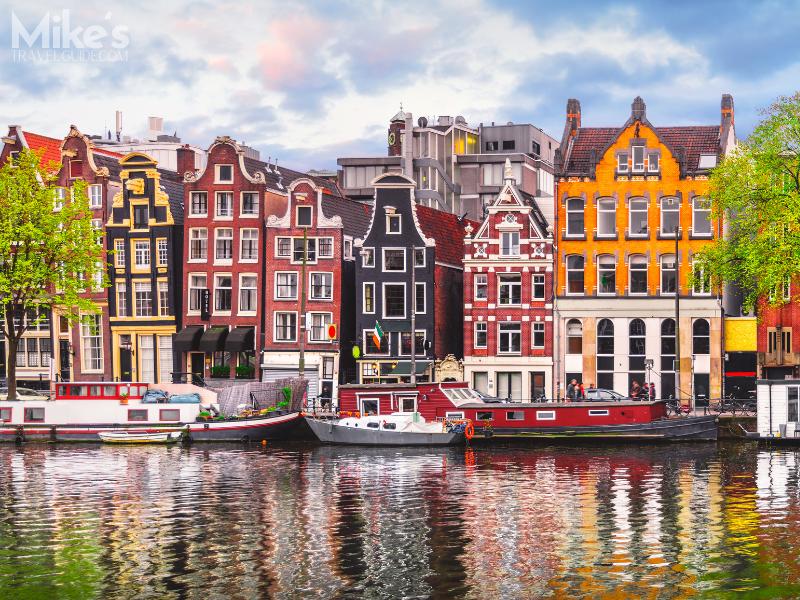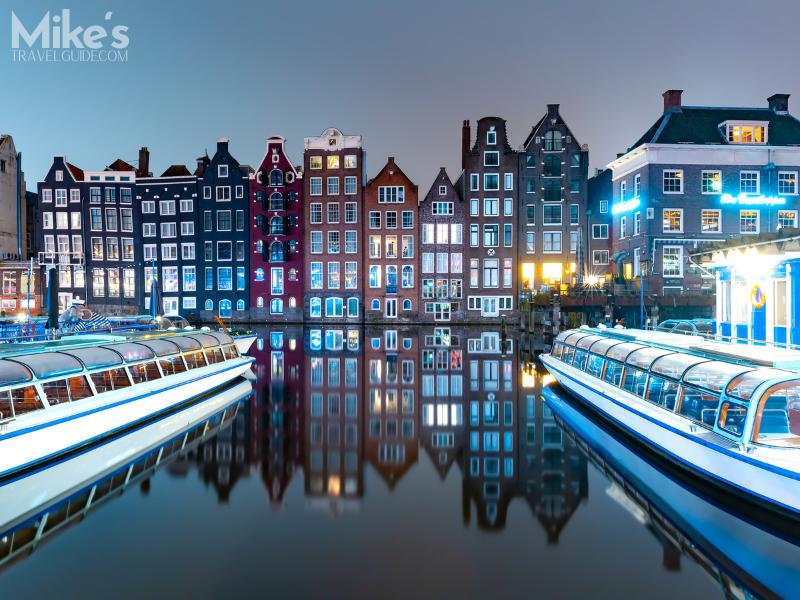Amsterdam’s iconic canal houses, often referred to as “dancing houses,” are a must-see for any visitor. These tall, tilted historical structures are a defining image of the city. You’ve likely seen them on postcards, Delftware pottery, and other souvenirs, capturing the essence of Amsterdam.
Exploring the Canal Houses

The “dancing houses” are part of the many canal houses or grachtenhuizen that line Amsterdam’s waterways. To truly appreciate these architectural gems, venture into the grachtengordel, Amsterdam’s canal district. This area, celebrating its 400th anniversary in 2013 and listed as a UNESCO World Heritage site in 2010, features a half-circle of three concentric canals: Herengracht, Keizersgracht, and Prinsengracht. These canals expand out from Singel, the city’s early defensive moat.
Architectural Marvels

These houses were built for wealthy bankers and merchants, often serving dual purposes as both residences and workplaces. Look closely and you’ll notice hooks above the windows, used for hauling goods into storage areas in the basements or attics. Some of these houses functioned as warehouses (pakhuizen), while others were grand urban palaces for the upper class.
Experience the Canal Houses

One of the best ways to experience the grachtenhuizen is by taking a boat tour. Various companies offer canal cruises, providing a unique perspective of these historic structures. However, for a closer look, consider visiting some of the houses that have been converted into museums. Here are a few recommendations:
Museum Het Grachtenhuis
Formerly the residence of wealthy banker Jan Willink, Museum Het Grachtenhuis is located at 386 Herengracht. This museum offers a fascinating insight into the history and architecture of Amsterdam’s canal houses.
Museum Willet-Holthuysen
Situated at 605 Herengracht, Museum Willet-Holthuysen provides a glimpse into the opulent lifestyle of the 19th-century Amsterdam elite. The house has been beautifully preserved and showcases period furnishings and art collections.
Museum Van Loon
Located at 672 Keizersgracht, Museum Van Loon was once the home of the Van Loon family, co-founders of the Dutch East India Company. This grand house features elegant rooms, a charming garden, and a carriage house.
Cromhouthuizen
At 366-368 Herengracht, the Cromhouthuizen houses the Bijbels Museum. These stately homes offer a rich historical experience, with exhibitions on biblical history and Amsterdam’s architectural heritage.
Museum Geelvinck Hinlopen Huis
Situated at 633 Keizersgracht, the Museum Geelvinck Hinlopen Huis showcases the 18th-century lifestyle of the Geelvinck family. The museum features period rooms, art collections, and a beautiful garden.
Exploring Amsterdam’s canal houses is a journey through the city’s history and architectural beauty. Whether by boat or on foot, these “dancing houses” offer a unique glimpse into the past and present of this enchanting city.
